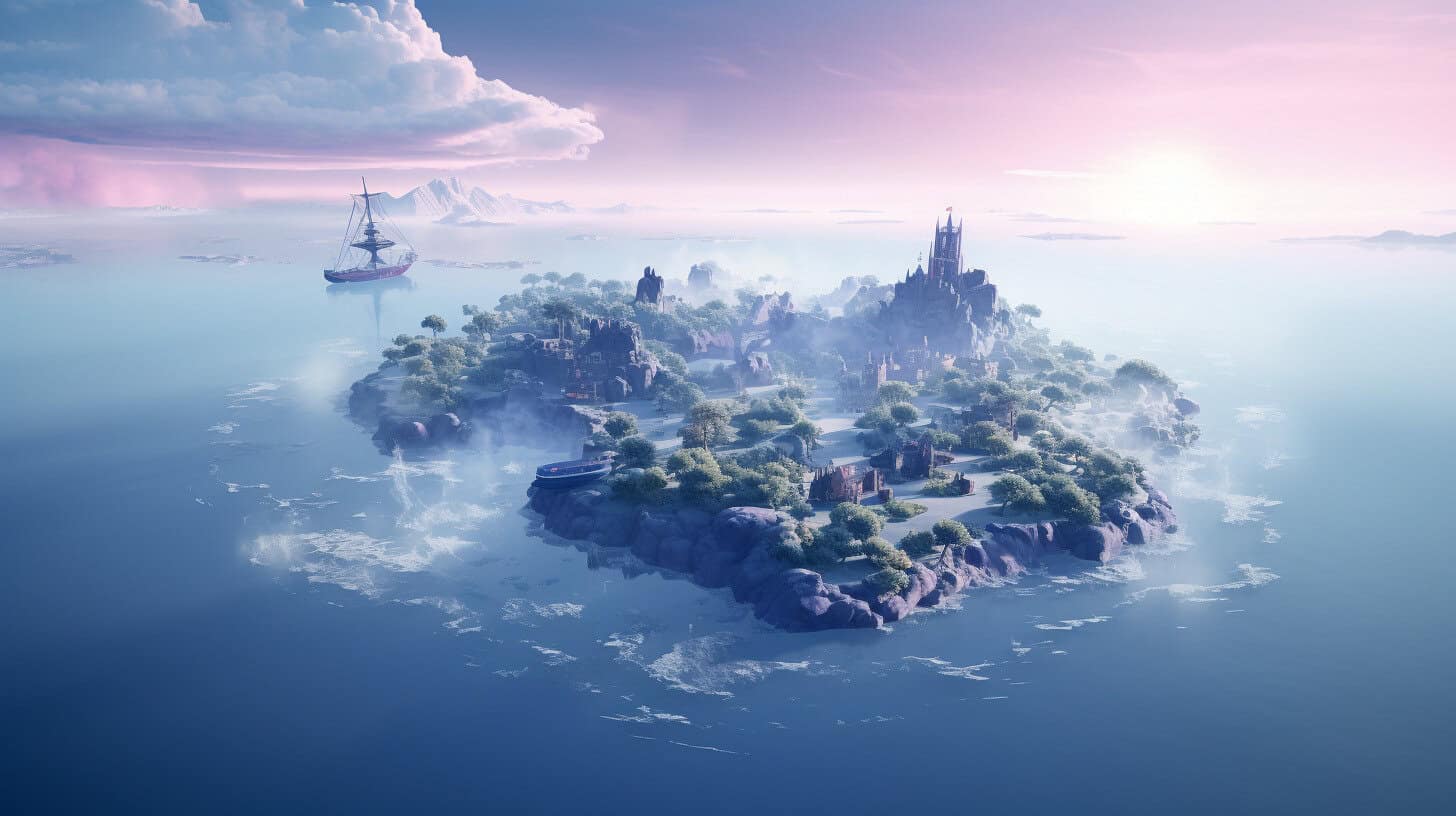Explore the rich history and modern impacts of artificial islands. From ancient civilizations to today’s mega-projects, weigh the innovation against environmental costs.
Key Takeaways
- Artificial islands have a rich history dating back to ancient civilizations, serving various purposes from agriculture to geopolitics.
- In the modern era, the construction of artificial islands has accelerated, often for urban expansion and geopolitical gains.
- The environmental consequences of artificial islands, including habitat degradation and climate vulnerability, are becoming increasingly alarming.
A Trip Down Memory Lane: The Long History of Man-Made Islands
The notion that artificial islands are a recent invention couldn’t be further from the truth. Tracing their origins takes us on a fascinating journey back to ancient Egypt’s reclaimed islands, Scottish crannogs on stilts, and the ceremonial centers of the Aztec Empire. Contrary to popular belief, the quest for extra land has been a long-standing human pursuit.
Islands with a Purpose: From Religion to Real Estate
Artificial islands have always had a purpose. Whether it was Nan Madol, the so-called “8th wonder of the world,” acting as a ceremonial center in Micronesia, or Venice’s labyrinthine network of islands aimed at creating a unique urban space, each island told a story. Let’s not forget the agricultural marvels like Chinampas, the Aztec’s floating gardens, which were an innovative answer to land scarcity for farming.
The Evolution: From Necessity to a Showcase of Grandeur
What was once a necessity has now become a stage for human ingenuity and a display of architectural marvels. But as the scale and purpose of these islands have evolved, so have the environmental stakes. New kids on the block like China’s constructions in the South China Sea and Dubai’s Palm Islands have taken the game to a whole new level, but they’ve also kicked up ecological concerns into high gear.
The Environmental Flip Side: Is the Trade-off Worth It?
Here’s where we hit a snag: the adverse environmental consequences of these grand designs. The South China Sea region, once a cradle of biodiversity, is now a construction site where territorial ambitions are playing out. The fallout? Disrupted ecosystems and imperiled marine life. Similarly, Dubai’s extravagant Palm Islands have not only caused coastal erosion but have also turned local waters into murky graveyards for marine flora and fauna.
A Cautionary Tale: Dubai’s “World Islands” Experiment
Dubai didn’t stop at the Palm Islands. The World Islands, a cluster of man-made islands resembling a world map, have suffered an environmental fate no less grim. Sediments have suffocated marine life, the reefs are in jeopardy, and the entire habitat faces degradation. It’s another chapter in the cautionary tale of human ingenuity outpacing environmental responsibility.
Looking Ahead: The Ethical Dilemma and the Road to COP28
As we barrel towards the future, we are left pondering a pressing question: at what cost are we willing to keep building? With the upcoming COP28 Climate Conference, the environmental impacts of artificial islands are set to be part of the larger climate conversation. After all, the story of these islands is essentially a microcosm of the larger dialogue around sustainable development and environmental stewardship.
Navigating the Future of Artificial Islands
The journey of artificial islands is nothing short of astonishing—a tale spanning from ancient civilization’s ingenious problem-solving to today’s ambitious projects redefining our built environment. But as we look forward to the future, it’s critical that our enthusiasm for progress doesn’t eclipse the pressing need for ecological responsibility. As leaders converge at COP28, the legacy of artificial islands will be an essential part of the conversation on how to balance human innovation with planetary well-being. And that’s a balance we cannot afford to get wrong.








